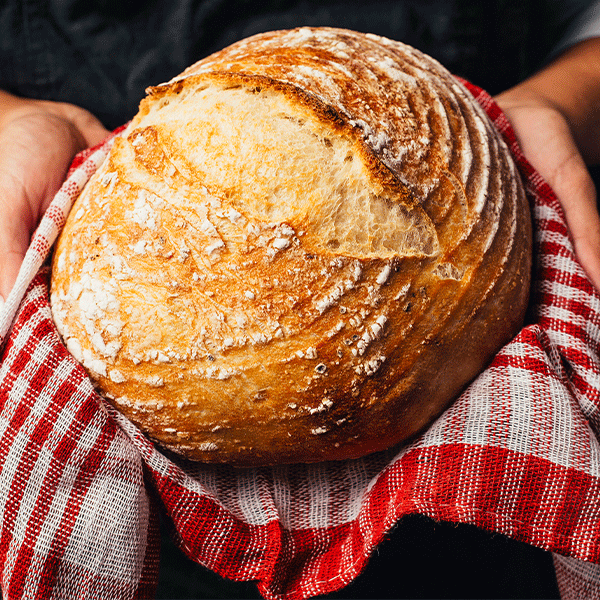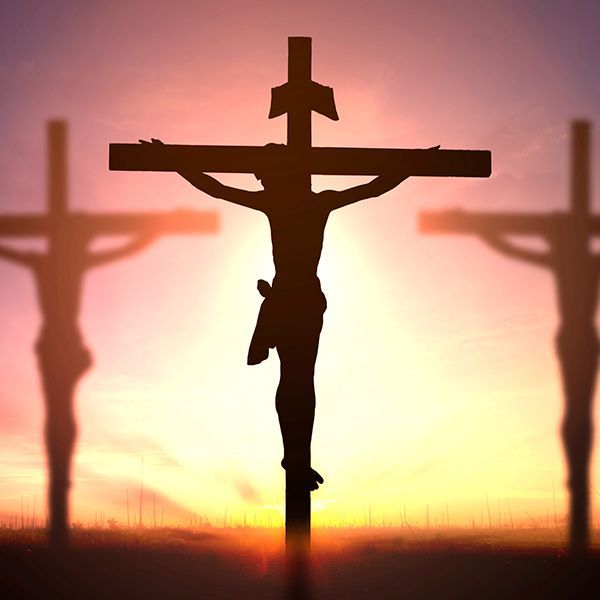The First Things Visitors Look for on Catholic Church Websites

When someone visits your church’s website, their expectations of your parish in real life can be influenced by your site’s usability, content, and design. To make sure that you get people’s attention and don’t lose potential visitors, read on!
The First Things People Look for When Visiting Your Parish Website
1. Mass Times, Locations, and Live Stream Options
The most sought-after information on a church website is often the Mass schedule. Visitors want to know when and where your services take place. Make this information prominent on your homepage, ideally near the top, ensuring it's easy to find quickly. Include details about different services, such as worship styles, languages, and live streaming options.
2. Your “About Us” and Contact Information
People want to learn about your church's mission, values, and beliefs. Create an engaging "About Us" section that tells your story. Share the history of your church, your mission statement, and what sets your community apart. Don’t forget to make it easy for visitors to get in touch with you. Provide clear contact details such as phone numbers, email addresses, and even photos of staff members and ministry leaders. Consider also including a contact form for inquiries or prayer requests.
3. Events and Liturgical Calendar
People are interested in what's happening in your church community. Showcase upcoming events, classes, or special Mass times on a dedicated events page with an easy to find link on your homepage. A regularly updated calendar helps visitors plan their involvement with your community beyond just Sunday services.
4. Ministries and Programs — Especially Sacramental Preparation
Highlight the various ministries and programs your church offers in a prominent place. This could include children's programs, youth groups, community outreach, adult education, charitable offerings, liturgical roles, and more. Provide descriptions, schedules, and contact information for each ministry to help visitors get involved. We find that one of the most common reasons people visit church websites is to learn about marriage, baptisms, and funerals, so be sure to direct people to information about these topics in a prominent place on your homepage.
5. Your Weekly Parish Bulletin
Including a digital copy of your bulletin that is easily accessible from your website’s homepage is a strategic way to make visitors to your website feel valued and informed. For those parishes who already partner with LPi for their bulletin service, including your bulletin in your website is as easy as using the included bulletin widget. Every week, when your bulletin editor submits your bulletin to print, your bulletin will automatically be sent to your church’s listing on Parishes Online. When you use the bulletin widget on your website, it will always display your newest bulletin, updating your website for you so that you don’t have to do anything extra to keep things up to date!
Get the Parish Website Help You Need
If your parish's website doesn't look professionally designed with clear and easy-to-use navigation or if it's not
optimized to work on mobile devices, all the hard work you’ve put into making sure your homepage is useful to visitors will be wasted.
If you need help designing an awesome parish website or giving your current design a more professional look, we’ve got you covered! Our team creates effective Catholic websites for parishes across the country and our easy-to-learn website builder, WeConnect, has everything you need to ensure that visitors to your site become visitors to your parish!
Check out some examples on our “before and after” page so you never feel lost when it comes to the world of web design again!
Discover More Inspiration
For more parish website inspiration, head over to the
“Web and Social Media” section of our blog where you will find articles like:
- The 10 Best Practices for Church Websites
- This, Not That— Are You Making These Common Church Website Image Mistakes?
- Simple Integrations that Add Value to Your Church Website
...and more!
Updated on September 24, 2025




